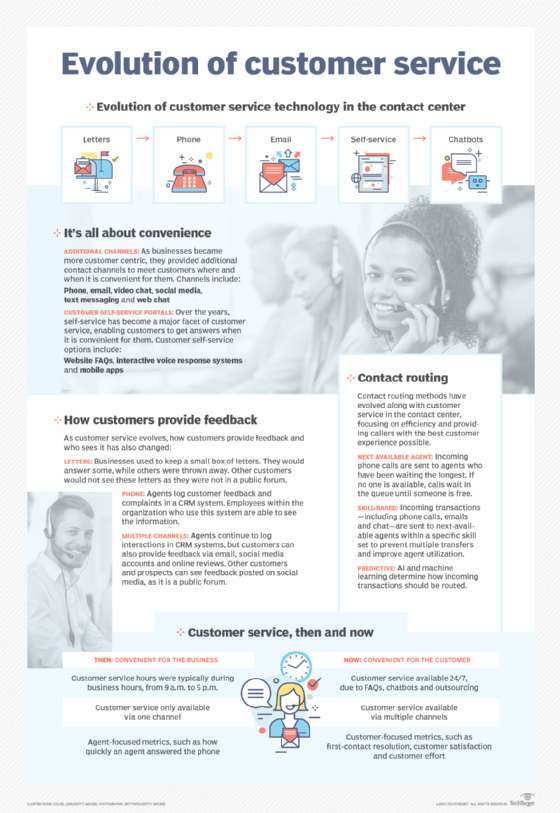return merchandise authorization (RMA)
What is a return merchandise authorization (RMA)?
An RMA (return merchandise authorization) is a numbered Authorization provided by a mail-order or e-commerce merchant to permit the return of a product.
Most businesses have a policy concerning returns. Some companies allow only defective products to be returned; others, as in the case of software, allow them to be returned only if they are unopened.
Depending on the merchant's return policies, a refund might be issued or a store credit given to the customer. If a product is outside its return window or warranty period, the return could be denied altogether.
How does a return merchandise authorization (RMA) work?
The RMA number is generally assigned by the customer service department when the return is being processed.
The return authorization form will list the policies regarding the return, as well as any special instructions on how to package and ship the product back to the retailer. The return authorization form might also request that the customer provide feedback on why they are returning the product.
Products that are returned without an RMA can be refused or subject to a restocking fee by the retailer. Thus, it is important to obtain an RMA before returning any merchandise.
Why is obtaining an RMA important?
RMA numbers are important to merchants in terms of analyzing the financial effects of their RMA processes and assessing customer satisfaction.
It also tells the merchant that a return is being made and offers protection against further returns and return fraud. The customer can use it to inquire about the progress of a return or other transaction errors.
For example, if the customer hasn't received any information about the return, the customer can contact the merchant and use the RMA number as a reference when speaking with support.
How do you return goods or defective products?
Return policies and procedures will vary from vendor to vendor. However, a typical return process might look something like the following.
Step 1. Establishing whether the product is truly defective
First, the customer initiates the return by calling the technical support office and speaking with a technician. Some merchants allow the customer to send an email message requesting an RMA instead of having to call.
The next step involves the technician helping to determine whether the product is indeed defective or if another issue is the culprit. For example, in the case of software, perhaps improper installation is the issue. This usually involves the customer answering several questions and following the technician's directions for testing the product.
If the technician feels that the product is defective, the technician issues an RMA.
This process is especially important when the product is software-related. Most merchants do not allow the return of software unless the packaging is unopened. This policy helps to prevent software piracy.
Step 2. Preparing the return shipment
Next, the customer must write the RMA number on the outside of the box that will be used to ship the product. It is important to mail all the original boxes, manuals and any other items along with the product.
If a return is sent without an RMA number, the merchant might return the product to the customer.
Step 3. Sending the product back to the manufacturer
Finally, the customer permanently relinquishes ownership of the product by mailing it back to the manufacturer. Most merchants recommend using a shipping company that can track packages.

See also: Customer service vs. customer experience: What's the difference?
